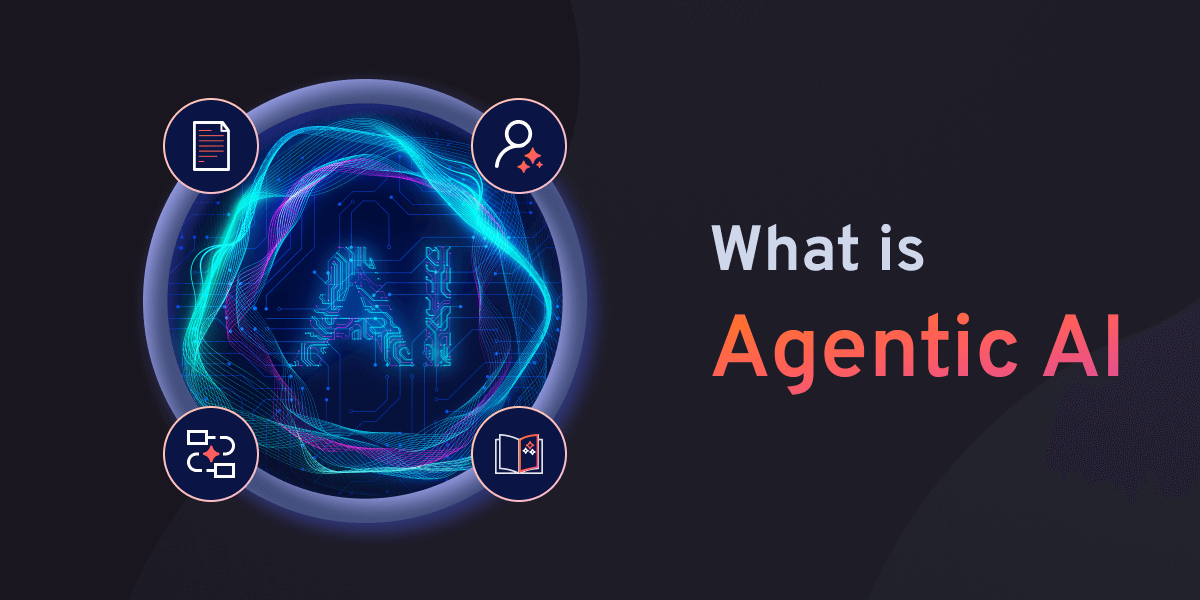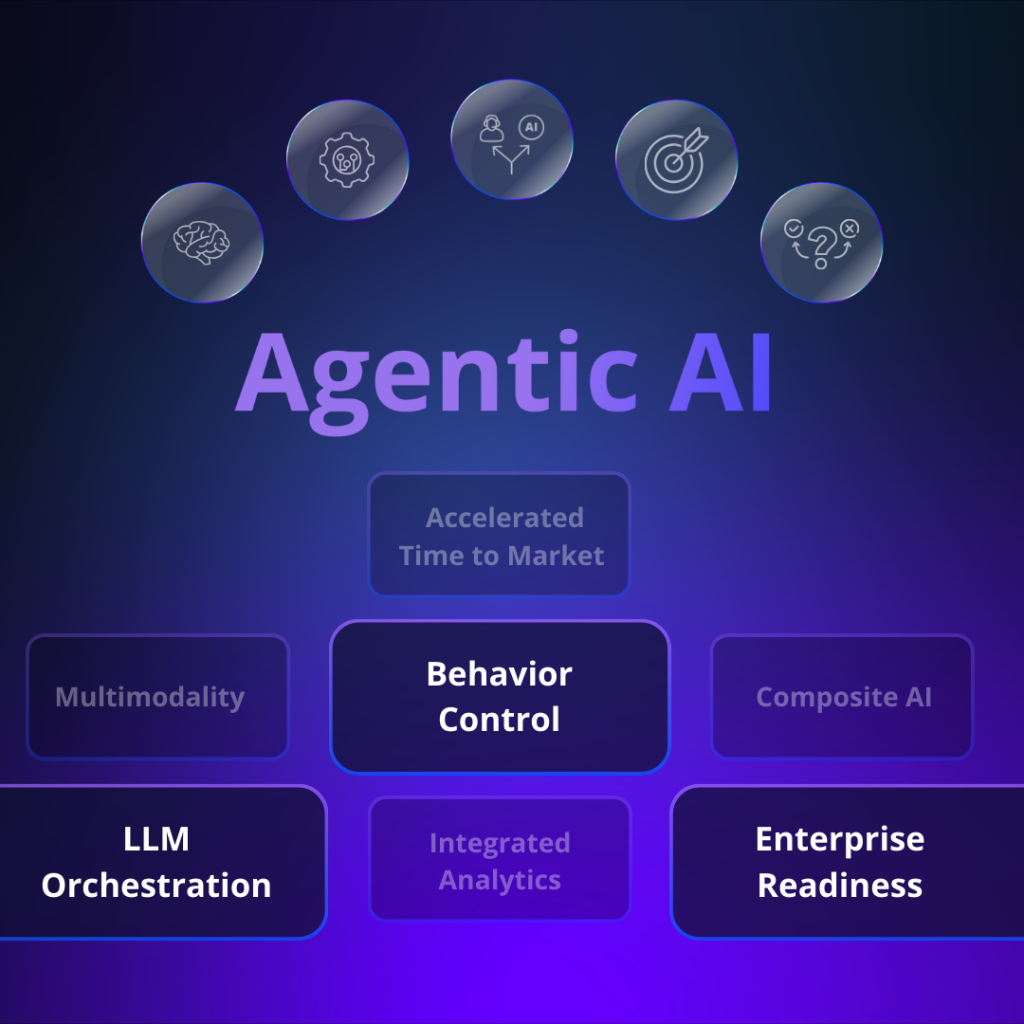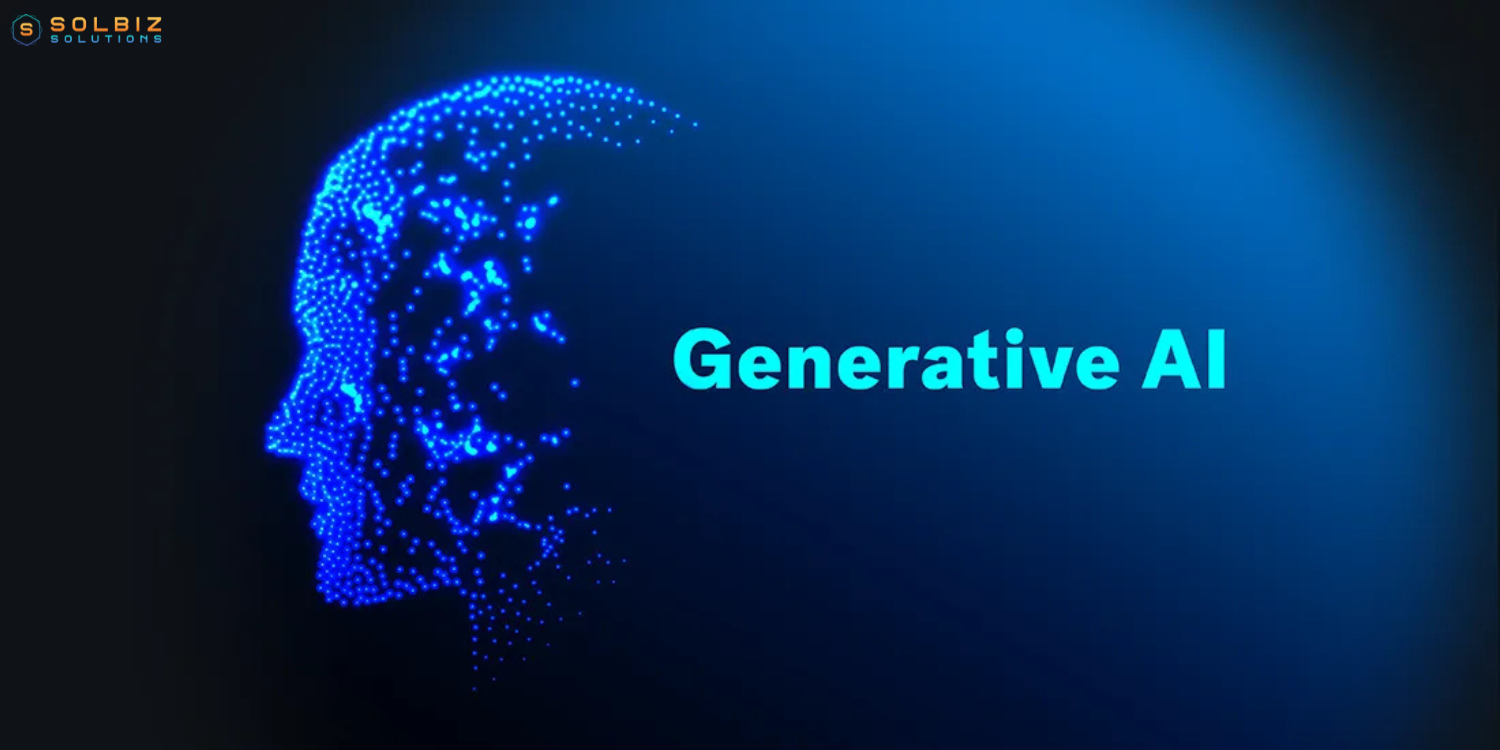
From Traditional AI to Autonomous AI — What is Agentic AI?
Agentic AI is the next generation of artificial intelligence that goes beyond reactive responses to exhibit the ability to plan, make decisions, and execute goals autonomously—without continuous human intervention. It typically relies on technologies such as machine learning, natural language processing (NLP), reinforcement learning, and computer vision to continuously improve its performance over time.
A typical process includes:
- Perceive – gather environmental data,
- Reason – analyze and plan,
- Act – take action via APIs or tools,
- Learn – improve through feedback loops.

1. Key Advantages of Agentic AI
- Automation & Efficiency
Agentic AI systems can perform multi-step processes—from recognition to action—enabling automation of complex workflows. - Goal-Oriented, Real-Time Decision-Making
These AIs detect issues, optimize processes, and adapt quickly based on real-time data. - Self-Improvement & Learning
Through reinforcement learning and feedback loops, Agentic AIs enhance their task performance continuously. - Cross-Platform Integration
Can connect with emails, CRMs, ERP systems, websites, and more to coordinate tasks across ecosystems. - Scalability & Cost Reduction
Automates repetitive tasks, freeing up human resources and reducing operational costs.
2. Prominent Current Applications
- Customer Service: auto-response, ticket resolution, and intelligent routing of complex inquiries.
- Finance & Fraud Detection: AI-powered trading decisions and instant anomaly detection.
- Supply Chain & Logistics: demand forecasting, warehouse coordination, and transportation optimization.
- Healthcare: diagnosis assistance, patient monitoring, and treatment plan suggestions.
- Cybersecurity: real-time threat detection and automated incident response.
- Robotics & Autonomous Vehicles: adaptive robots in manufacturing, decision-making in self-driving cars.
One notable example is Manus, a versatile AI agent developed in Singapore, capable of writing and deploying code based only on given objectives—launched in March 2025.
3. Challenges and Risks
Despite its potential, Agentic AI faces critical challenges:
- Security & Malicious Attacks: risks of “memory poisoning,” unauthorized access, or goal manipulation.
- Trust & Transparency: autonomous decisions can be difficult to interpret, raising ethical and legal concerns.
- Strict Regulations: in regions like the EU and U.S., Agentic AI may fall under high-risk categories requiring oversight, traceability, and manual override capabilities.
- Job Displacement or Reskilling Needs: traditional jobs may be replaced, requiring upskilling for more complex, oversight-driven roles.
4. Future Outlook
According to multiple forecasts:
- Gartner predicts that by 2029, 80% of customer service issues will be resolved fully by Agentic AI.
- Forbes & Deloitte estimate that by 2025, 25% of enterprises will pilot Agentic AI solutions, rising to 50% by 2027.
- Gartner also forecasts that 33% of enterprise software will integrate Agentic AI by 2028, compared to less than 1% in 2024.
Meanwhile, companies like Capgemini and WNS are making significant investments in Agentic AI to restructure operations. SoundHound (voice AI) has seen an 11.7% stock increase after strengthening its Agentic AI initiatives.
5. Effective Deployment Strategies
To unlock the full potential of Agentic AI, organizations should:
- Clearly Define ROI: identify high-value, high-automation potential tasks.
- Quick Prototyping – Continuous Iteration: apply agile methodology to test, optimize, and scale.
- Standardize Data & Tools: ensure quality data pipelines for AI training and execution.
- Reinforce Security & Monitoring: build robust protection, validation, and traceability mechanisms with human-in-the-loop options.
- Upskill Workforce: develop capabilities in AI supervision, data analysis, coordination, and ethical oversight.
Conclusion
Agentic AI is not just the next wave of artificial intelligence—it’s redefining operational paradigms in the digital world: automated, adaptive, and goal-driven. However, to transform potential into performance—cutting costs, boosting productivity, and enhancing experience—organizations must:
- Build suitable infrastructure and data pipelines
- Implement flexible controls and monitoring
- Develop skilled human resources
- Align with regulatory and ethical standards
When designed and implemented thoughtfully, Agentic AI promises to become a reliable digital co-worker, handling smart tasks at scale and freeing humans to focus on creativity, empathy, and higher-level decision-making.






